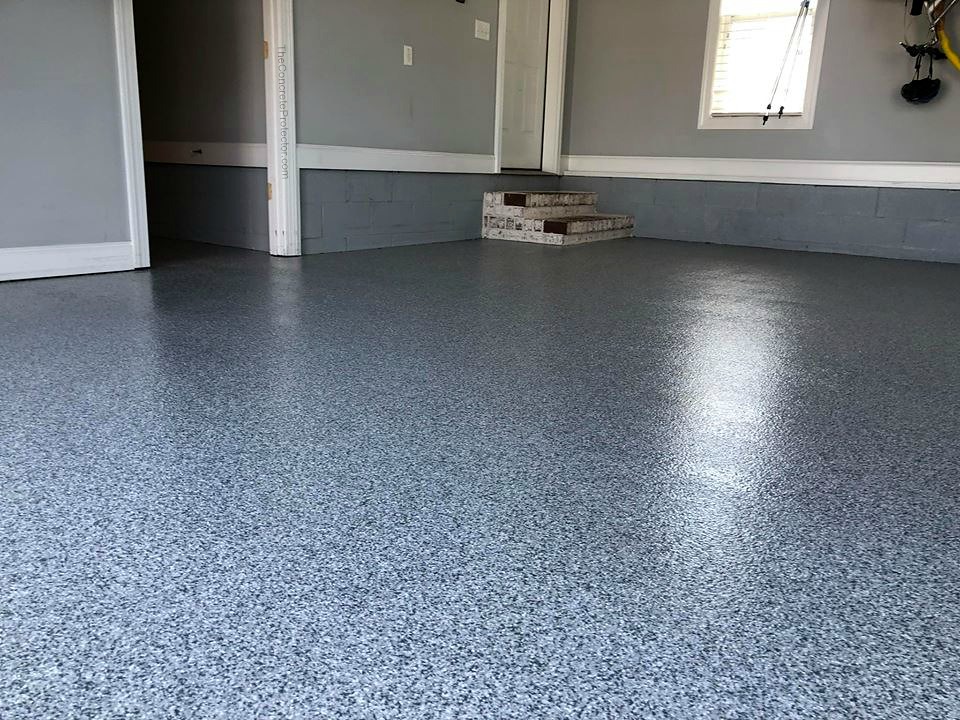The Value and Versatility of Prefabricated Homes: A Modern Housing Solution
Prefabricated homes, also known as prefab homes, are gaining popularity as a smart and efficient housing solution in Canada. These innovative structures are built off-site in controlled factory environments and then transported to their final location for assembly. As more homebuyers seek affordable, sustainable, and customizable housing options, prefab homes are emerging as a compelling alternative to traditional construction methods. This article explores the many benefits and considerations of choosing a prefabricated home.

Why do prefab homes offer great value for budget-conscious buyers?
For those looking to maximize their investment, prefabricated homes present an attractive option. The controlled manufacturing process of prefab homes often results in less material waste and more efficient use of resources, which can translate to cost savings for buyers. Additionally, the shorter construction timeline means reduced labor costs and potentially lower financing expenses.
Prefab homes also offer predictable pricing, as the majority of costs are determined upfront in the factory setting. This transparency helps buyers avoid unexpected expenses that can arise during traditional on-site construction. Moreover, the energy efficiency of many prefab designs can lead to long-term savings on utility bills, further enhancing their value proposition for budget-conscious homeowners.
How does prefab construction save time without compromising quality?
One of the most significant advantages of prefabricated homes is the speed of construction. While a traditional home might take months to build, a prefab home can often be completed in a matter of weeks. This efficiency is due to several factors:
-
Parallel processes: While the foundation is being prepared on-site, the home’s components are simultaneously being manufactured in the factory.
-
Weather-independent construction: Factory production is not affected by adverse weather conditions, eliminating delays common in traditional construction.
-
Streamlined assembly: Once on-site, the pre-made components can be quickly assembled, significantly reducing the time needed for on-site work.
Despite the accelerated timeline, quality is not sacrificed. In fact, the controlled factory environment often allows for more precise construction and rigorous quality control measures. Each component is built to meet or exceed local building codes and standards, ensuring a high-quality final product.
What key features make prefab homes a practical choice for families?
Prefabricated homes offer several features that make them particularly suitable for family living:
-
Customization options: Many prefab home manufacturers offer a range of floor plans and design options, allowing families to tailor the home to their specific needs and preferences.
-
Durability: Factory-built components are often constructed to withstand the rigors of transportation, resulting in a sturdy and long-lasting home.
-
Safety: Prefab homes must meet the same building codes as traditional homes, ensuring a safe living environment for families.
-
Low maintenance: Modern materials and construction techniques used in prefab homes can result in lower maintenance requirements, giving families more time to enjoy their living space.
-
Quick move-in: The shorter construction time means families can move into their new homes faster, minimizing disruption to daily life.
What are the environmental benefits of choosing prefab homes in modern living?
As environmental consciousness grows, prefabricated homes are increasingly recognized for their eco-friendly attributes:
-
Reduced waste: Factory construction allows for precise material ordering and cutting, minimizing construction waste.
-
Energy efficiency: Many prefab homes are designed with energy efficiency in mind, incorporating features like high-quality insulation and energy-efficient windows.
-
Smaller carbon footprint: The controlled factory environment and efficient transportation of components can result in a lower carbon footprint compared to traditional construction methods.
-
Sustainable materials: Some prefab manufacturers prioritize the use of sustainable and recycled materials in their designs.
-
Less site disturbance: The reduced on-site construction time means less disruption to the local environment.
How flexible are prefab home design options for homeowners?
Contrary to the misconception that prefab homes are limited in design, modern prefabricated housing offers a wide range of design flexibility:
-
Architectural styles: From contemporary to traditional, prefab homes can be designed to suit various architectural preferences.
-
Modular additions: Many prefab homes allow for easy expansion through the addition of new modules, providing flexibility as family needs change.
-
Interior customization: Homeowners can often choose from a variety of interior finishes, fixtures, and layouts to personalize their space.
-
Site adaptation: Prefab homes can be designed to work with different site conditions, including sloped lots or unique landscapes.
-
Smart home integration: Many prefab manufacturers offer options for integrating smart home technology, allowing for cutting-edge home automation.
What are the real-world costs and comparisons for prefab homes?
When considering a prefab home, it’s important to understand the cost implications. While prices can vary significantly based on location, size, and customization, here’s a general comparison of prefab homes to traditional construction:
| Home Type | Average Cost per Square Foot | Construction Time | Energy Efficiency |
|---|---|---|---|
| Prefab Home | $150 - $400 | 3-4 months | High |
| Traditional Home | $200 - $500 | 6-12 months | Varies |
Prices, rates, or cost estimates mentioned in this article are based on the latest available information but may change over time. Independent research is advised before making financial decisions.
It’s worth noting that while the initial costs of prefab homes can be lower, factors such as land acquisition, site preparation, and utility connections are additional expenses that need to be considered. However, the potential for long-term savings through energy efficiency and lower maintenance costs can make prefab homes an economically attractive option for many homeowners.
In conclusion, prefabricated homes offer a compelling blend of value, efficiency, and sustainability for modern homebuyers. With their quick construction times, customizable designs, and eco-friendly features, prefab homes are positioning themselves as a practical and forward-thinking housing solution. As the industry continues to innovate, prefab homes are likely to play an increasingly important role in meeting the diverse housing needs of Canadian families.




